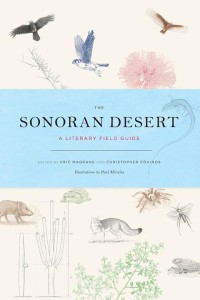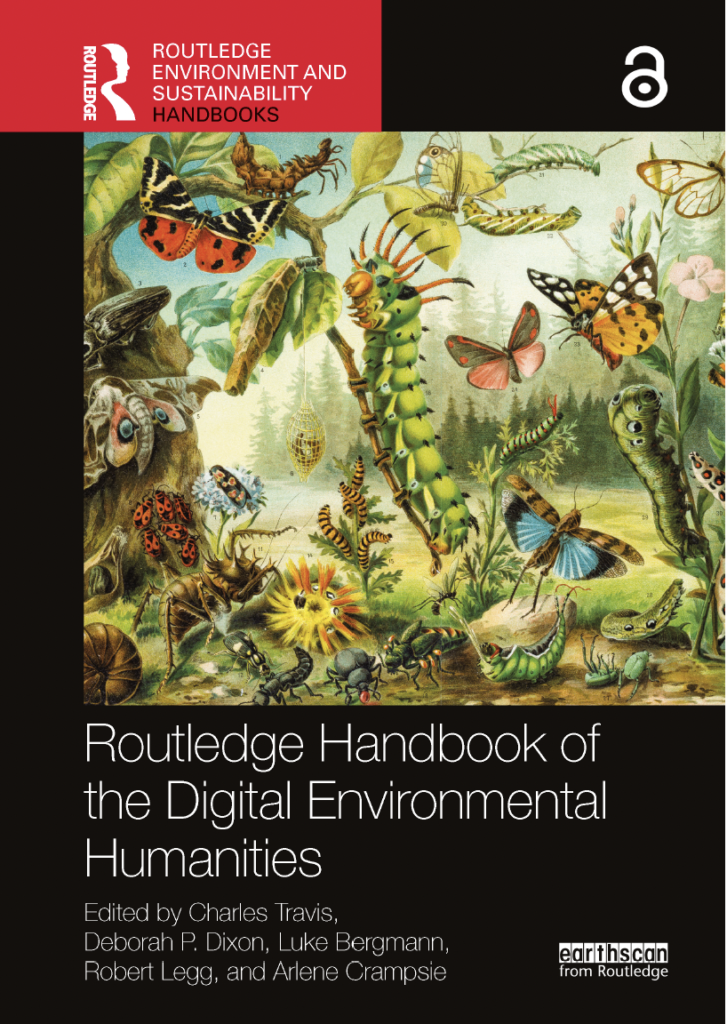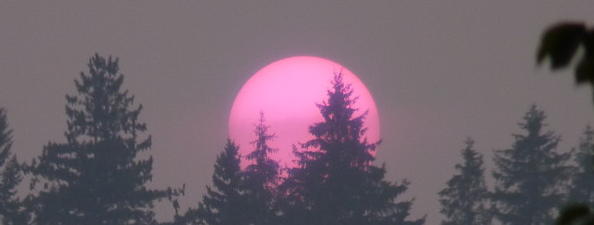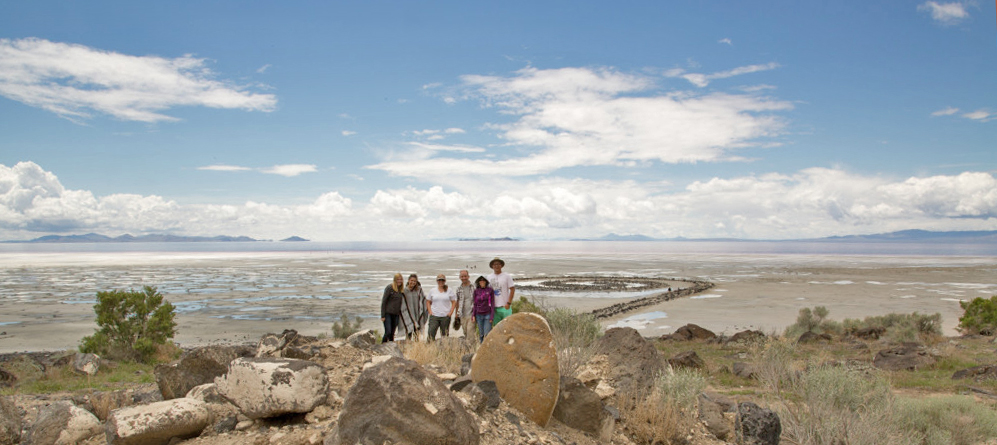Chapter in Routledge Handbook of the Digital Environmental Humanities
Wendy Burk and I have a chapter in the new Routledge Handbook of the Digital Environmental Humanities. Check the book out here.
Conferences and Presentations in Calgary, Portland, and Flagstaff
I’ve been up in Canada and the Pacific Northwest giving presentations at two conferences in late September/early October: the Under Western Skies Interdisciplinary Conference on the Environment at Mount Royal University in Calgary, Alberta, and the Association of Pacific Coast Geographers Meeting in Portland, Oregon.
On Saturday 10/15, I’ll be at the Northern Arizona Book Festival in Flagstaff, taking part in a University of Arizona Press reading at Barefoot Cowgirl Books, 18 N. San Francisco St., from 3-4 pm.
Climate Change Interview
 Leading into the University of Arizona Poetry Center’s series on Climate Change & Poetry, I was interviewed about climate change. Read the interview here.
Leading into the University of Arizona Poetry Center’s series on Climate Change & Poetry, I was interviewed about climate change. Read the interview here.
The Sonoran Desert: A Literary Field Guide Available for Pre-Order
The Sonoran Desert: A Literary Field Guide is now available for pre-order here.
“It’s a book to walk with, a book to scribble in, and even a book to use as a cushion if the desert rock you tried  to sit on was too sharp. It’s also a book to get away with. Let the rest of the country rant and rave and post and tweet and babble. The writers inside these pages aren’t listening. They are too busy getting out there and getting lost, naming plants and animals, teaching and learning, and doing the vital work of mapping their place.” —David Gessner, author of All the Wild That Remains: Edward Abbey, Wallace Stegner, and the American West
to sit on was too sharp. It’s also a book to get away with. Let the rest of the country rant and rave and post and tweet and babble. The writers inside these pages aren’t listening. They are too busy getting out there and getting lost, naming plants and animals, teaching and learning, and doing the vital work of mapping their place.” —David Gessner, author of All the Wild That Remains: Edward Abbey, Wallace Stegner, and the American West
“A book of delights for the mind and spirit, this is what a field guide ought to be. What better way to truly see a place than through the unblinking eyes of literature? What better way to truly love a place than through the embrace of ecology? Put them together, as Magrane and Cokinos have brilliantly done, and here is their irresistible invitation to the spectacular desert.” —Kathleen Dean Moore, author of Wild Comfort: The Solace of Nature
Portfolio from Tumamoc Hill In Journal of the Southwest
The current issue of the Journal of the Southwest, a special issue of the Next Generation of Sonoran Desert Researchers, includes a portfolio of art and poetry from Tumamoc Hill.
Mirocha, P., Magrane, E., Terkanian, B., Milstead, M., Koopman, K., Coleman, D., Wakamatsu, M., Soria, M. (2015). The Tumamoc Hill Arts Initiative: A Portfolio of Site-based Art and Poetry Inspired by a History of Sonoran Desert Science. Journal of the Southwest, 57 (2-3), 265-303.
Place-Relation Ecopoetics: A Collective Glossary
Over at Jacket 2, Linda Russo has compiled a collective glossary of place-relation ecopoetics. Linda lives in western Washington, and in the context of the ongoing Washington wildfires, where the Okanogan complex is the largest in state history, she writes: “Some fear the fires will continue to burn until it snows; some fear we can expect little in the way of precipitation again this year. The uncertainty is disconcerting, to say the least. I don’t know how to segue into the introduction I wrote for this glossary less than a week ago. I do know that what the terms gathered below represent – attunement to unfolding earth-realities and reverence for the many living things caught up in them – help me navigate that uncertainty.”
The collective glossary includes terms like Biotariat, B-RAD: Bio-Regional Attachment Disorder, Indigenous ecopoetics, Phylogeny, Relaxation time, and Walking. My contribution to the glossary is geopoetics.
American Landscape Field Course Featured in UA News
A UANews piece published today features the American Landscape Field Course that I recently taught at the University of Arizona. In the course (GEOG 407/507), we hit the road for a 10-day road trip throughout the greater Southwest, visiting iconic land art sites such as Robert Smithson’s Spiral Jetty and Nancy Holt’s Sun Tunnels, as well as iconic places such as the Grand Canyon and Glen Canyon Dam. We visited with Matt Coolidge at Center for Land Use Interpretation’s Wendover residency site; with Sara Frantz, archivist at the Center for Art + Environment; with Jeff Brown at Sagehen Field Station in the Sierra, where we visited Helen & Newton Harrisons’ Force Majeure plots; and with many others along the way. In the geographic tradition of field learning, we camped along the way, and we had an ongoing discussion of the many ways to approach and think about landscape—environmentally, artistically, politically, culturally.


